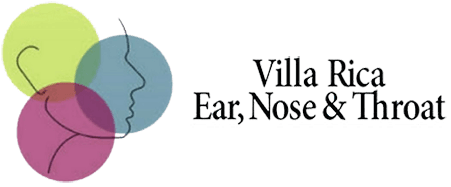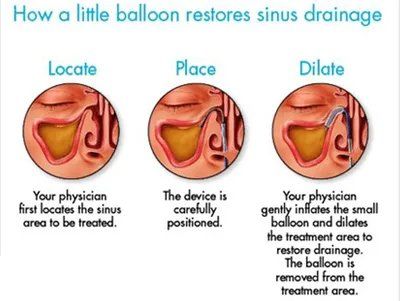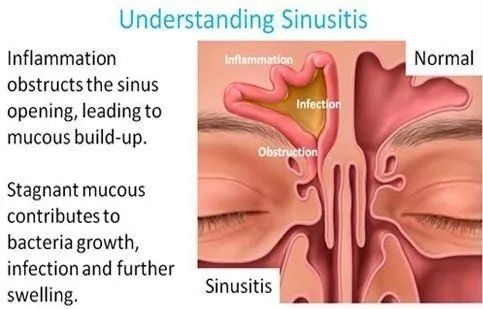In-Office Balloon Sinuplasty Treatment
In-Office CAT Scans for Sinus Disease
In-Office Testing
In-Office CAT Scans
In-Office Allergy Treatments
Minimally Invasive Sinus Treatment
Achieve relief from the pain and breathing difficulties associated with sinusitis at Villa Rica Ear, Nose & Throat. In the comfort of our office, Dr. Andrist can perform a minimally invasive sinus dilation procedure known as balloon sinuplasty to reshape the anatomy of your sinuses and expand their pathways in order to restore drainage.
Dr. Andrist possesses in-depth training and experience in the use of office dilation technology. Call (770) 746-0766 for more information and discuss balloon sinuplasty with Dr. Andrist today.
Benefits of Balloon Sinuplasty
By inserting small balloons in key places in the nose and sinus cavities, we're able to dilate the sinuses. The results can be effective and long-lasting for patients who get no relief from medication. Benefits of this procedure include the following:
- Instant, lasting relief*+
- Convenient and comfortable in-office treatment^
- Quick recover – most patients return to normal activity in 24 hours#
- Potential for reduced medical costs
*Stankiewicz J, Truitt T, Atkins J, Winegar B, Cink P, Raviv J, Henderson D, Tami T. Two-year results: transantral balloon dilation of the ethmoid infundibulum. International Forum of Allergy Rhinologists. 2012 May; 2(3): 199-206.
+Stankiewicz J, Tami T, Truitt T, Atkins J, Liepert D, Winger B. Transantral, endoscopically guided balloon dilatation of the ostiomeatal complex for chronic rhinosinusitis under local anesthesia. American Journal of Rhinology. 2009 May-June; 321-327.
^Gould, J. In-office balloon dilation: Procedure techniques and outcomes using a malleable multi-sinus dilation tool. ENT Journal. Vendome Healthcare Media, 19 Dec 2012.
#Stankiewicz J, Truitt T, Atkins J, Winegar B, Cink P, Raviv J, Henderson D, Tami T. Two-year results: transantral balloon dilation of the ethmoid infundibulum. International Forum of Allergy Rhinologists. 2012 May; 2(3): 199-206.






Share On: